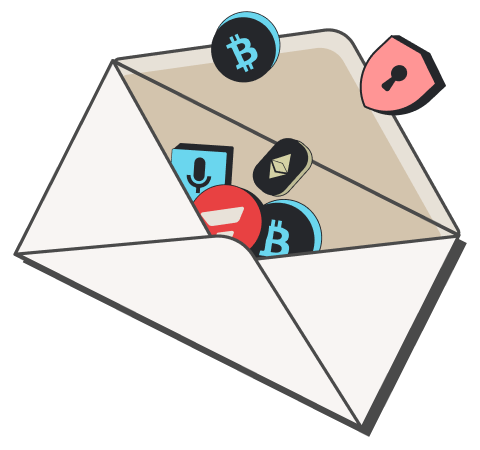Oracles are the tools that connect blockchains to the real world. On their own, blockchains and smart contracts are completely self-contained, meaning they can't see what's happening outside their network. That’s where oracles come in. They act as trusted data feeds that deliver real-world information to a blockchain so that smart contracts can use it.
Think of an oracle like a digital bridge. It can deliver something as simple as a crypto price or a random number, or something more complex, like weather conditions, shipping updates, interest rates, or sports scores. For example, a smart contract for crop insurance could use a weather oracle to verify rainfall data and automatically trigger a payout if a drought occurs. In finance, oracles are used to bring in live price feeds so decentralized exchanges and lending platforms can function safely.
Why does this matter? Because oracles expand what blockchains can do, but they also raise questions about data reliability, accountability, and systemic risk. If a smart contract acts on bad data from an oracle, who’s responsible? What happens if a single oracle feeds multiple critical services and goes down or is manipulated? These questions are especially important as blockchain-based systems start interacting with public infrastructure, financial markets, and regulated industries.
Oracles show where blockchains meet the real world and where smart policy will need to focus next. As more systems become automated and decentralized, the integrity of external data becomes a cornerstone of trust, fairness, and safety.
